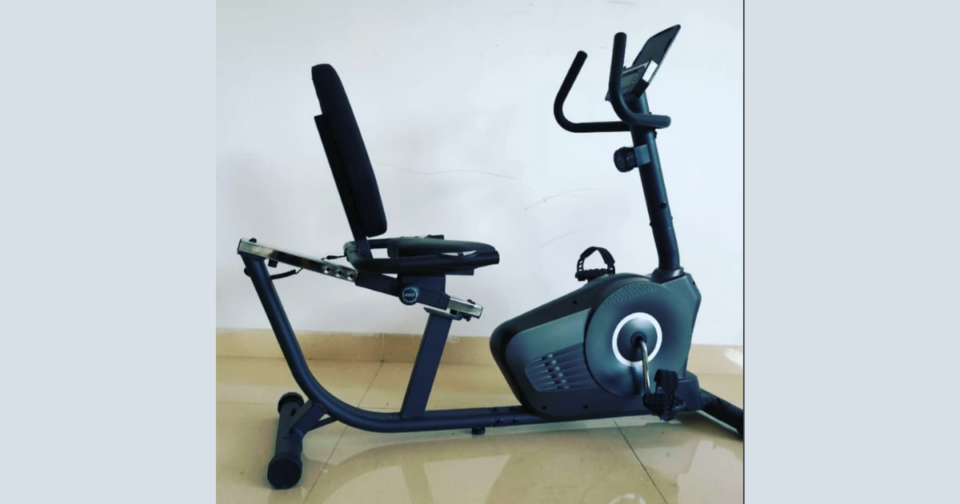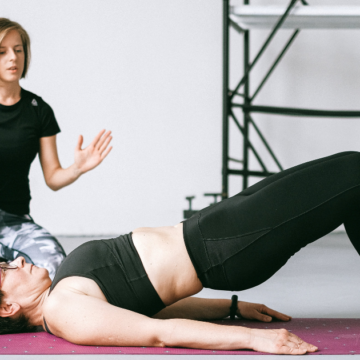If you’re on a journey to improved fitness and overall well-being, you may have come across recumbent bikes. These unique exercise machines offer a plethora of benefits that can make a significant difference in your health and fitness routine. In this blog post, we’ll dive into the world of recumbent bicycles, exploring their advantages, the demographics they’re best suited for, and how physiotherapists recommend their use.
The Benefits of Using a Recumbent Bike
Recumbent bikes have been gaining popularity for good reason – they offer a range of benefits that cater to various individuals. Here’s why they’re worth considering:

1. Cardiovascular Health
One of the primary advantages of using a recumbent bike is its ability to provide an effective cardiovascular workout. Engaging in regular cardio exercise is essential for a healthy heart, and recumbent bikes make it accessible to people of all fitness levels. Whether you’re a beginner or an experienced athlete, these bikes can help improve your heart health.
2. Reduced Joint and Back Stress
The recumbent position, with its comfortable, reclined seat, is a game-changer for individuals with back problems, joint pain, or those recovering from knee or hip replacements. It significantly reduces stress on the lower back and minimizes impact on the joints, making it a preferred choice for those dealing with conditions like arthritis or chronic pain. With recumbent bikes, you can exercise without worrying about aggravating existing issues.

Who Benefits Most from Recumbent Bikes?
Recumbent bikes are particularly well-suited for specific demographics and conditions:
1. Seniors
As we age, our bodies become more susceptible to injury, and high-impact exercises may no longer be feasible. Recumbent bikes offer a gentler, safer form of exercise that is easy on the joints, making them an excellent choice for seniors looking to stay active and maintain their mobility.
2. Post-Surgery Patients
Individuals recovering from knee or hip surgeries can greatly benefit from using recumbent bikes. These machines allow patients to rebuild strength and mobility without subjecting the surgical site to excessive strain. The recumbent bike’s ergonomic design ensures a comfortable and supportive workout experience during the rehabilitation process.

3. Neurological Conditions
For those dealing with neurological conditions like multiple sclerosis or Parkinson’s disease, balance issues can pose a significant challenge during exercise. Recumbent bikes come to the rescue, as the backrest provides stability, making it a safe option for individuals with vestibular disorders. It enables them to engage in a low-impact workout without compromising their safety.
Expert Recommendations for Recumbent Bike Usage
As a physiotherapist, I often recommend recumbent bikes to my patients based on their individual needs and conditions. Here’s a glimpse into when and why I suggest their use:
- Post-Surgery Recovery: Patients who have undergone knee or hip surgery can safely rebuild strength and mobility with recumbent bikes. The ergonomic design ensures proper support during rehabilitation, reducing the risk of complications.
- Balance and Stability Issues: Recumbent bikes are an excellent choice for individuals with balance problems, such as those with vestibular disorders. The backrest provides stability, allowing them to exercise safely.

In every case, my recommendations are tailored to the patient’s unique circumstances, goals, and limitations. Safety and effectiveness are paramount, and recumbent bikes often play a crucial role in achieving these objectives.
In conclusion, recumbent bikes are a versatile and accessible fitness tool that can benefit a wide range of individuals. Whether you’re a senior looking to stay active, recovering from surgery, or dealing with balance issues, these bikes offer a comfortable and effective exercise solution. If you’re considering incorporating them into your fitness routine, consult with a physiotherapist or healthcare professional for personalized guidance.




